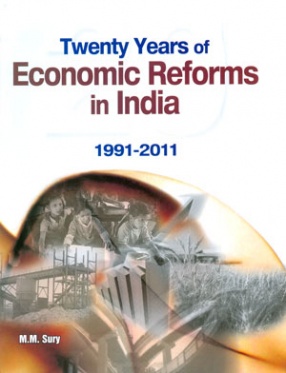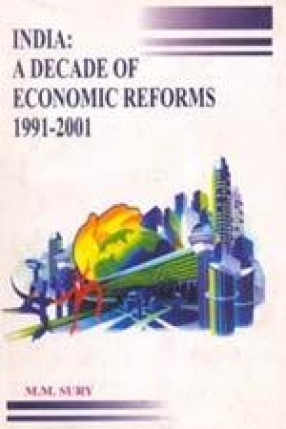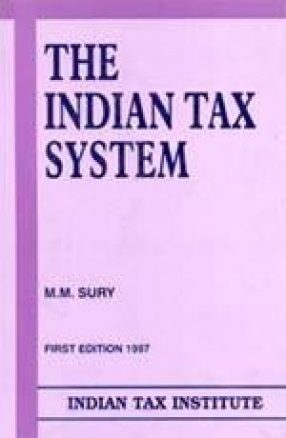Twenty Years of Economic Reforms in India: 1991-2011
Synopsis
The economic development pattern of India during the first three decades after independence in 1947 was characterized by strong centralized planning, government ownership of key industries, excessive regulation of private enterprise, trade protectionism, and a cautious and selective approach towards foreign capital - all guided and controlled by a bureaucracy trained in colonial style. However, in the 1980s, policy makers started to realize the drawbacks of this strategy which inhibited competitiveness and efficiency and produced a much lower rate of growth than expected. After assuming power, the government of Prime Minister Rajiv Gandhi introduced a series of measures to reduce control on industries, particularly large ones. The process of economic reforms initiated in 1985 got a further boost when the government of Prime Minister P.V. Narasimha Rao announced a new industrial policy in the Indian Parliament in 1991. The new policy introduced radical changes "to unshackle the Indian industrial economy from the cobwebs of unnecessary bureaucratic controls." Since the reforms, India's economy has been growing faster than its historical growth rate. On the flip side, India's "moral virtues" - in terms of equity and environment - are falling by the wayside. Of late, India's government has become complacent in introducing further reforms, such as opening up the retail sector to foreigners, implementation of infrastructure projects, flexible labor laws, etc. This book provides a comprehensive account and assessment of reform measures introduced in various sectors of the Indian economy during the last 20 years.
Read more
119.70
107.73
$
133.00 $
Free delivery Wolrdwidе in 10-18 days
Ships in 1-2 days from New Delhi
Membership for 1 Year $35.00
Get it now and save 10%
Get it now and save 10%
BECOME A MEMBER











Bibliographic information